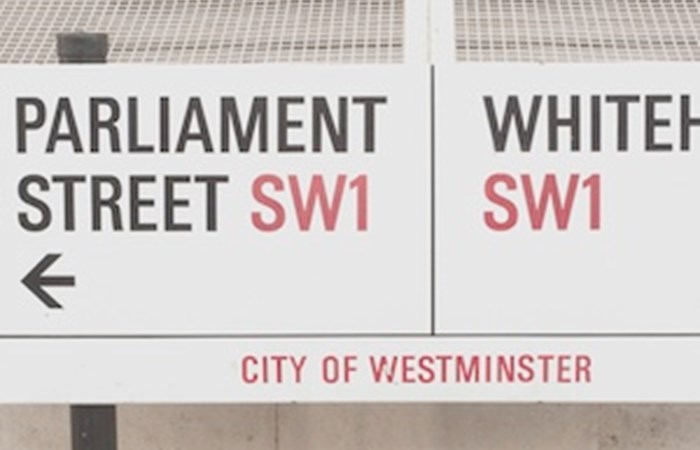Office of Tax Simplification

The report lays bare the complexity of the current system with different tests for employment used for tax, employment law and pensions auto-enrolment.
There is no definition of self-employment in law leaving businesses, individuals and HM Revenue and Customs (HMRC) to wade through case law to establish employment status. Special categorisation rules and practices help some but can create anomalies.
The consequences to employers of an incorrect decision can be significant tax and National Insurance Contributions (NICs) bills, leading many to hire contractors only through intermediaries.
John Whiting, Tax Director of the Office of Tax Simplification, said:
The tax system is stuck in an out-of-date mindset. In the 1950s and 1960s the distinction between employees and the classic self-employed jobbing plumber was clear and easy. Nowadays working patterns are hugely varied, freelancing is a way of life for many and that simple split doesnt work often enough.
This causes uncertainty, risk and administrative burdens all round. We have heard from businesses about transactions being delayed or even abandoned due to the risk posed by employment status uncertainty.
This is a difficult area with no simple solutions. We identify both direct ways of simplifying things such as streamlining definitions and indirect ones, which would take the heat out of the issue. Some should be acted on in the short to medium term, others are promising routes to reform that warrant further work but which would mean major changes.
The OTS recommends various improvements including:
-
Better employment status guidance, in one place with more real-life examples;
-
Help for individuals and small businesses on what action a business should take, and the documentation it should have, when engaging a self-employed individual, to preclude or reduce the burden of HMRC enquiries;
-
Setting up a HMRC employment status helpline and allocating more resources to this area.
The OTS believes that HMRCs Employment Status Indicator (ESI) tool is a valuable resource, but it needs to be expanded and protocols developed so it can be relied upon.
The OTSs longer-term ideas for further work include:
-
Considering a safe harbour approach where an employer relied on HMRC advice and was open about its arrangements;
-
A possible de minimis period of time or level of payment before employment status needs to be considered;
-
The government conducting a full study into aligning tax and NIC rates as well as the benefits available for the employed and self-employed;
-
Carrying out a feasibility study into a statutory employment test;
-
Explore a withholding tax for payments to the non-employed whose tax status is unclear.
John Whiting said:
All these longer-term ideas have pros and cons: for example we are very aware of the pressures that can be put on the low paid to take work in a way that saves the engager money. Many of the issues come back to bringing Income Tax and NICs together and we repeat our previous recommendations that merging tax and National Insurance would remove many anomalies from the tax system. In particular, employers NICs does seem to be the elephant in the room of reform.
Interested parties are encouraged to comment on the conclusions and a summary of comments received is planned.
